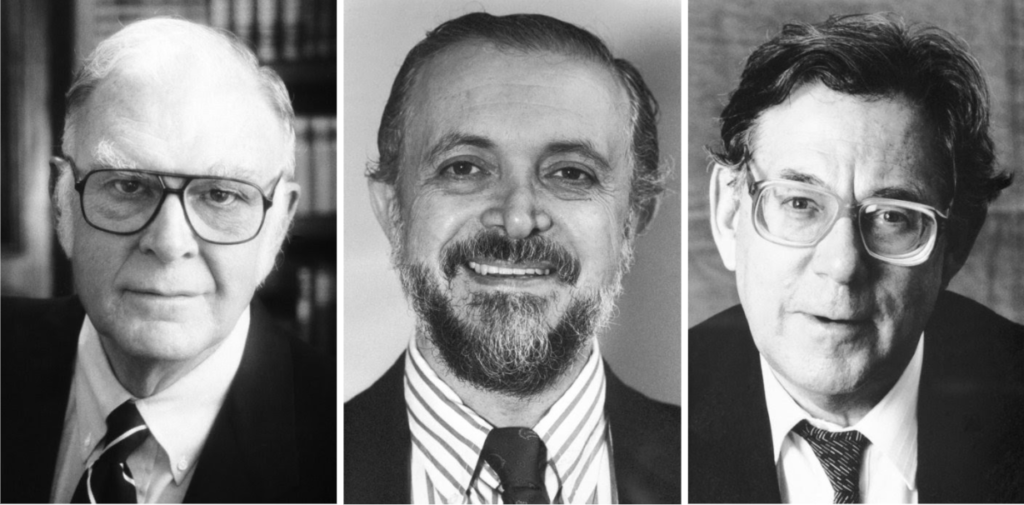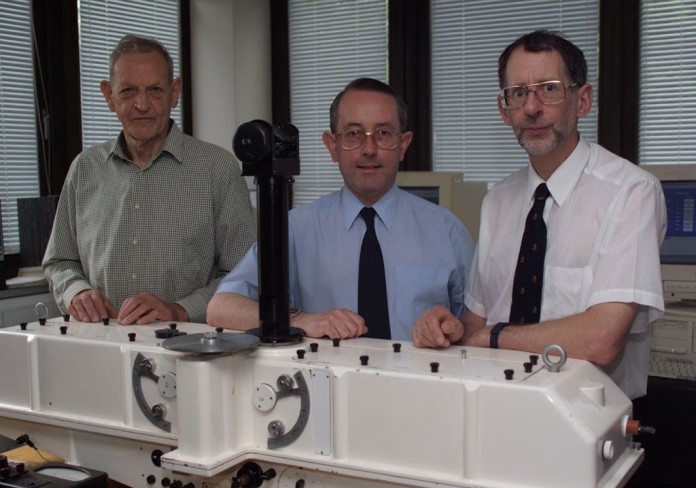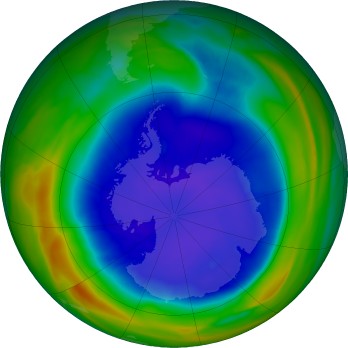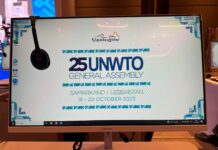Today is World Ozone Day! In 1994, the UN General Assembly proclaimed 16 September the International Day for the Preservation of the Ozone Layer, commemorating the date of the signing, in 1987, of the Montreal Protocol on Substances that Deplete the Ozone Layer (resolution 49/114).
Text by Goh Pearl Lyn
The Montreal protocol is a model of cooperation. It is a product of the recognition and international consensus that ozone depletion is a global problem, both in terms of its causes and its effects. The protocol is the result of an extraordinary process of scientific study, negotiations among representatives of the business and environmental communities, and international diplomacy. It is a monumental achievement.
PRESIDENT RONALD REAGAN, 1988
This year’s theme is the Montreal Protocol – Keeping us, our food, and vaccines cool. The refrigeration cold chain is absolutely essential for all countries and it has a direct relationship on reducing food loss and food waste, protecting public health, and supporting the economy.
The Montreal Protocol is closely linked to this critical sector and WOD is an excellent time to shine the spotlight on this often-overlooked sector.
On this special day, we highlight 5 things you should know:
-
The scientists who discovered Ozone layer depletion by CFCs were heavily criticised

(From left to right) F. Sherwood Rowland, Paul J. Crutzen, Mario J. Molin. Photo from the Nobel Foundation archive. In 1974, Mario Molina and Sherwood Rowland, two chemists at the University of California, Irvine, published an article in Nature detailing threats to the ozone layer from long-lived organic halogen compounds, such as chlorofluorocarbon (CFC) gases. They warned that CFCs have a life of 40-150 years and that sunlight breaks them down, producing chlorine atoms that can destroy ozone in the stratosphere.
When they told the world in 1974 that aerosol hairsprays damaged the part of the atmosphere that protects us from solar ultraviolet radiation, it garnered controversy in the scientific community. A senior chemist at DuPont called the Rowland-Molina hypothesis a “science fiction tale,” “a load of rubbish” and “utter nonsense.”
The groundbreaking research, for which they, along with scientist Paul Crutzen were awarded the 1995 Nobel Prize in chemistry—concluded that the atmosphere had a “finite capacity for absorbing chlorine” atoms in the stratosphere.
-
The Ozone Hole in 1985

Joseph Farman (left) with his 1985 co-authors, Brian Gardiner and Jonathan Shanklin, and a spectrophotometer used to measure stratospheric ozone concentrations. Scientists at the British Antarctic Survey have discovered that the ozone layer over Antarctica suffers a large hole every spring which lasts for several months. Rowland and Molina’s hypothesis proved valid.
Why only in Antarctica? Because only in Antarctica, polar stratospheric clouds develop during the Winter. In these clouds, chemical reactions cause ozone depletion to surge to the point where a “hole” is created. Although it isn’t really a hole, the ozone layer becomes extremely thin, only 2 millimeters thick.
-
The Montreal Protocol has evolved: Kigali Amendment

The agreement is expected to reduce HFC use by 85 per cent by 2045 (Courtesy: IISD) On October 15, 2016, Parties to the Montreal Protocol adopted the Kigali Amendment aims for the phase-down of hydrofluorocarbons (HFCs) by cutting their production and consumption. Given their zero impact on the depletion of the ozone layer, HFCs are widely used alternatives to ODS such as hydrochlorofluorocarbons (HCFCs) and chlorofluorocarbons (CFCs), which are already controlled under the Protocol.
With the Kigali Amendment, the Montreal Protocol will be an even more powerful instrument against global warming. It calls on all countries to gradually phase down their production and consumption of HFCs in the coming decades. This amendment creates market certainty and opens international markets to new technology that is better for the environment, without compromising performance.
-
What if the Montreal Protocol didn’t exist?
Martyn Chipperfield, an atmospheric chemist at the University of Leeds quoted,
The good news is that without the Montreal Protocol things would have been a great deal worse.
The Montreal Protocol, in force since 1989, is often regarded as the most successful multilateral environmental agreement in history. According to the UN, it remains the only UN treaty that has been ratified by all 197 member states.
According to a simulation published by the Goddard Space Flight Center, if the Montreal Protocol did not exist, by 2065 two-thirds of the atmospheric ozone would have disappeared, ultraviolet rays would be strong enough to cause severe burns in 5 minutes, and radiation mutagenic to DNA would be 650% higher, causing cancer in plants, animals and humans.
-
We are not in the clear!
In terms of harmful gases from coolants, the world is still far from being clear. Some hydrochlorofluorocarbons (HCFCs), transitional substitutes, although less damaging, are very much harmful and are still in use.
Developing countries need funding from the Montreal Protocol’s Multilateral Fund to eliminate the most widely used of these, the refrigerant R-22. Hydrofluorocarbons (HFCs), the next generation of coolants, do not deplete the ozone layer, but they are powerful greenhouse gases that trap heat, contributing to climate change.
If emissions of uncontrolled ozone-depleting chemicals such as DCM continue rising, then the gains could be lost. It remains an ongoing technological challenge to find practical ways to cool ourselves and propel our aerosols without depleting the ozone layer or aggravating climate change.

Ozone layer over the Antarctic as of 13 September 2021.
Latest issue of Asian Geographic is coming out soon! Subscribe to Asian Geographic Magazine here or for more details, please visit https://www.shop.asiangeo.com/ .











